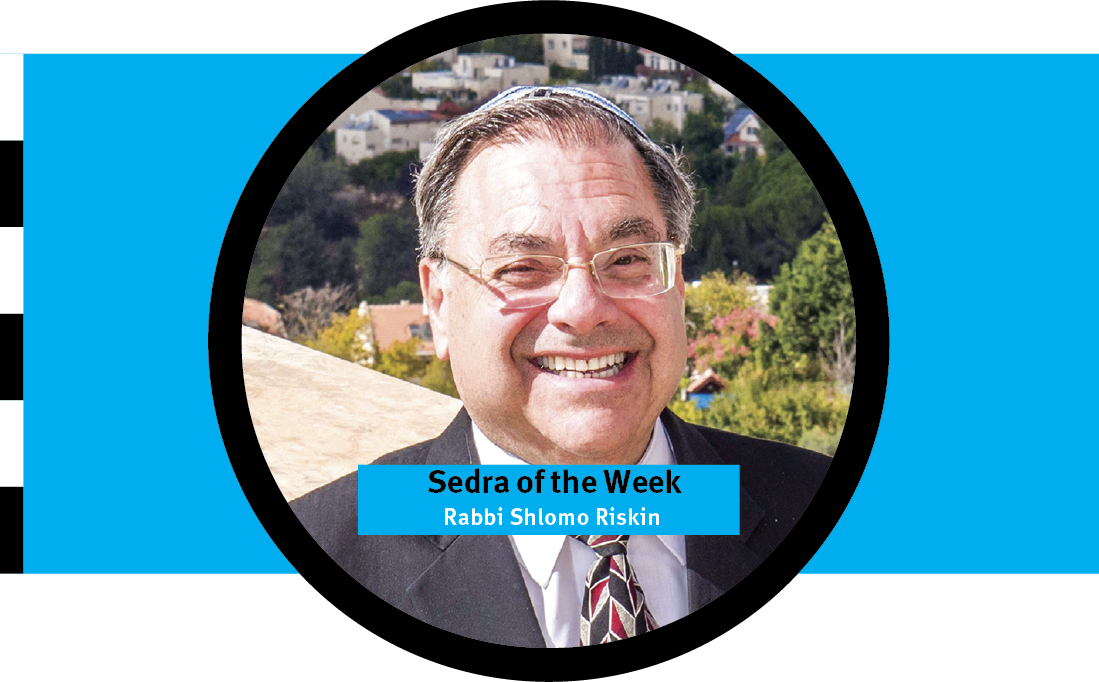Leviticus 25: 1 – 27: 34
For previous works from Rabbi Riskin, click here.

Efrat, Israel – “The land must not be sold permanently, because the land is mine and you reside in my land as foreigners and strangers”. (Lev.25:23) “You must not defile the Land upon which you live and in the midst of which I (God) dwell, since I (God), dwell in the midst of the children of Israel” (Numbers 35:34)
The sacred Zohar teaches that the nation Israel, the Torah, and the Holy One Blessed be He are one. This suggests that the eternal G_d may be experienced and apprehended through those phenomena which are also perceived to be eternal. Since the covenantal nation Israel is eternal (by Divine oath, Genesis 15) and since the Torah is eternal, Israel, the Torah and G_d are inextricably linked by virtue of their common eternity.
The land of Israel shares in this feature of eternity. The earth’s perennial cycles of birth, growth, decay, death and rebirth, express a movement of re-generation and renaissance which informs the very nature of the most primitive form of life. There are intimations of immortality in the earth’s movement from life to life: a fruit falls from the tree when it no longer requires the physical sustenance provided by attachment to the branch, and the tree re-births (regenerates) its fruit in the spring. The trees shed their leaves and fruits onto the earth, and when they decompose and merge with the earth, that very earth provides the necessary nutrients for the tree to continue to grow and bear fruit in the future. Plants leave their seeds in the ground, these continue to sprout plant life from the earth after the mother herb has been taken and eaten. And so the cycle of life, decay, death and rebirth is grounded in the eternal, infinite and natural dimension of the earth. In the words of the wisest of men, “one generation passes away and another generation arrives, but the earth abides forever” (Ecclesiastes 1:3).
In a more national sense, it is the Biblical tradition to bury our dead in the earth, and specifically in the land of Israel. The Biblical idiom for death is, “And he was gathered to his nation, or his family,” for if one is buried in one’s homeland, one’s physical remains merge with the physical remains of one’s family members, of those who came and died before as well as of those who will follow in the future.
Furthermore, the land of Israel is invested with a special metaphysical quality which is inextricably linked to Knesset Yisrael, historic Israel. The first Hebrew, Abraham, entered into the Covenant between the Pieces – the Divine mission of a nation founded on the principles of humans created in the image of G_d and the right of freedom for every individual – in the City of Hebron, and G_d’s promise of world peace and messianic redemption will be realized in the City of Jerusalem. The Cave of the Couples – Abraham and Sarah, Isaac and Rebecca, Jacob and Leah – was the very first acquisition by a Jew of land in Israel as the earthly resting place for the founders of our faith. At the very same time, it is also the womb of our future, a future informed by the ideas and ideals of our revered ancestors. “Grandchildren are the crowning glory of the aged; parents are the pride of their children.” (Proverbs 17: 6)
It is for this reason that the Talmud maintains that only in Israel is there a true and authentic “community” (B.T. Horayot 3) – for only in Israel do we see the footprints of historic Israel, the sweep of the generations, the “common unity” of tradition, from Abraham to the Messiah; Israel formed, prophesied and taught its eternal traditions and continues to live out its destiny within the land of Israel.
Moreover, the eternal Torah is rooted and invested in the very earth, stones and vegetation of the land of Israel. This is true not only in terms of the Biblical covenantal promise which guarantees our constant relationship and eventual return to Israel; it is also true because of the myriad of mitzvoth (commandments) embedded in its bedrock, its soil, and its agricultural produce. The seventh Sabbatical year provides free fruits and vegetables for anyone who wishes to take them; the “corners” of the field actually “belong” to the poor every day of the year, and they may come and reap their harvests; tithes from the land’s produce immediately go to the Kohen – Priest-teachers, the Levite Cantors, and the poor who share in the land of the rest of the nation. The land of Israel itself cries out to its inhabitants in the name of G_d: “The land must not be sold permanently, because the land is mine and you reside in my land as foreigners and strangers.” (Leviticus 25:23)
Hence G_d Himself, as it were, becomes inextricably linked – even “incorporated” or “in-corporeal-ized,” if you will – within the peoplehood, the land and the Torah of Israel, the very objects and subjects which express G_d’s will and out of which our essence and destiny is formed. Indeed, historic Israel, the land of Israel, the Torah of Israel and the Holy One Blessed be He, G_d of Israel and the universe are truly united in an eternal bond.
Shabbat Shalom and Hag Sameach
Rabbi Shlomo Riskin
Founder & Rosh Yeshiva, Ohr Torah Stone
Founding Rabbi of Efrat


